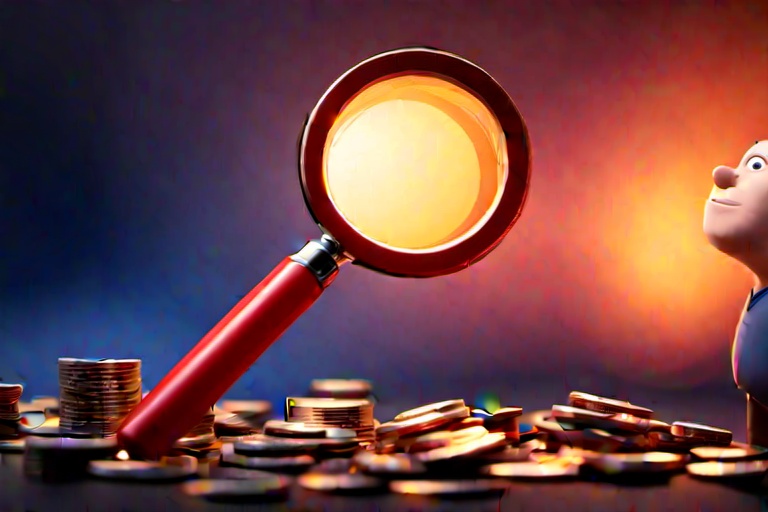Coin collecting is not just a pastime; it is an intricate blend of art appreciation, historical discovery, and investment strategy. It is a pursuit that has captured the imaginations of individuals across numerous generations, serving both as a repository of human culture and as a fascinating means of potential financial gain.
Coin collecting is not just a pastime; it is an intricate blend of art appreciation, historical discovery, and investment strategy. It is a pursuit that has captured the imaginations of individuals across numerous generations, serving both as a repository of human culture and as a fascinating means of potential financial gain.
The Allure of Coin Collecting
For many, the allure of coin collecting lies in the tangible connection to history each piece offers. The engravings on a coin can give insight into the political landscape, design aesthetics, and cultural values of the era in which it was minted. Enthusiasts often seek out coins that bear the images of renowned historical figures, reveal the high-water marks of empires, or have been at the center of pivotal moments in history.
The hobby is sustained by a love for the artistry, the metalwork, and the story each coin tells. Such elements combine to define the essence of numismatics, the study or collection of currency, including coins, tokens, paper money, and related objects.
Valuing Coins: More Than Money
When determining the monetary value of a coin for collection or investment purposes, several factors come into play:
Rarity
Coins that are rare and hard to find typically carry higher value, especially if they belonged to limited issues or possess unique error features that make them standouts among their common counterparts.
Condition
A coin’s condition, often referred to as its grade, greatly affects its value. A coin in mint state, uncirculated with no wear and retaining its original luster, will generally command higher prices than one with evident wear and tear.
Historical Significance
The period from which the coin originates can also enhance its value, particularly if it commemorates a major historical event or was produced at a historically significant mint.
Demand
The popularity of a coin, or lack thereof, can influence its price. High demand can drive up prices whereas coins with little collector interest may be valued lower, despite their rarity or historical importance.
Navigating the Market
Understanding market trends is essential for collectors and investors. The coin market is subject to fluctuations driven by economic variables, collector interest, and the availability of certain coin types. Keeping abreast of these trends requires an ongoing commitment to research and education.
Building Knowledge
For those new to numismatics and seasoned enthusiasts alike, education is key. Here are a few recommended strategies for strengthening your numismatic knowledge base:
Books and Online Resources
Numismatic literature ranges from beginner guides to in-depth analyses of coin series. Online forums, blogs, and auction sites offer additional avenues for learning and staying current with market developments.
Coin Shows and Clubs
Attending coin shows provides opportunities to view a variety of coins, meet other collectors, and learn from more experienced numismatists. Coin clubs and associations often have educational programs, lectures, and publications to further advance members' knowledge.
Professional Advice
Building relationships with reputable coin dealers can provide invaluable guidance. Consider seeking mentorship from knowledgeable individuals who can provide insight into collecting strategies and the nuances of the market.
Certification and Authentication
Purchasing certified coins from trusted third-party grading services, such as PCGS or NGC, offers an additional layer of assurance in a coin’s authenticity and condition. Such certifications are crucial in avoiding counterfeit or doctored coins, a not uncommon issue within the market.
Investing in Coins
As an investment, rare coins offer potential benefits such as portfolio diversification and non-correlation with the stock market, providing a hedge against economic downturns. However, they also carry their own unique risks, such as the potential for illiquidity and the necessity of a deep understanding of the numismatic landscape to realize long-term gains.
Engaging the Next Generation
With the digital age providing unprecedented access to information, interest in coin collecting has seen a resurgence. The push for youth education in numismatics is crucial for the hobby's future, initiating a new generation into a tradition that is both personally enriching and insightful into the broader streams of history and economics.
Conclusion: A Rewarding Venture
Whether approached from an investment angle or purely for the joy of collecting, numismatics offers a deeply rewarding venture into the overlap of history, culture, and commerce. In the vibrant and varied world of coin collecting, there is always a new discovery waiting just around the corner – a fresh piece of history to hold in your hand and a potential treasure to add to your collection.
Information for this article was gathered from the following source.

